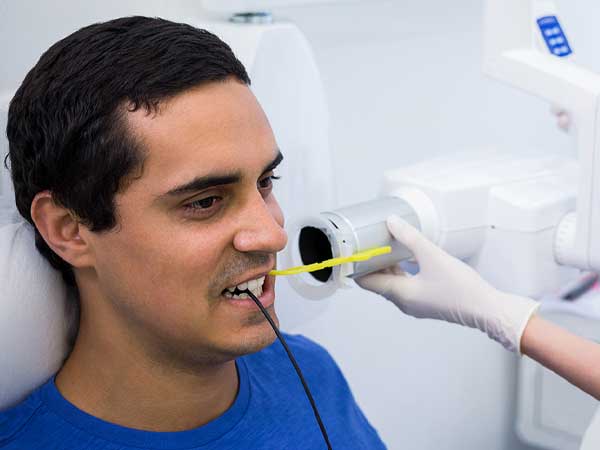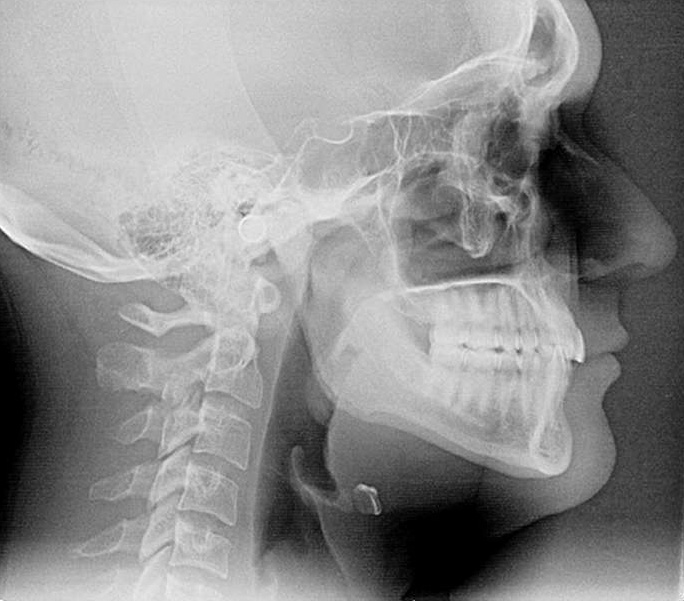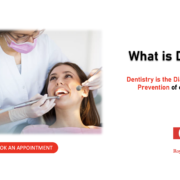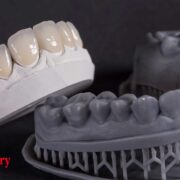X-rays of the teeth have long been recognized in the area of dentistry as a very helpful diagnostic technique. Dentist are able to uncover previously undetected dental issues and arrive at an accurate diagnosis. However, there are worries regarding the safety of repeated exposure to dental X-rays. These issues have been raised in recent years. In the following paragraphs, we will investigate the question of whether or not it is risky to have five dental X-rays in a span of thirty days. In order to have a better understanding of the situation, we consulted the knowledge and experience of Dr. Chirag Chamria, an oral and maxillofacial surgeon who practices at Royal Dental Clinics. Repeated dental X-rays for treatment, raises safety concerns.
Understanding Dental X-rays
They are also known as dental radiographs, play a crucial role in modern dentistry. They are diagnostic tools used by dentists to examine and evaluate the health of a patient’s teeth, gums, and supporting structures. By capturing detailed images of the oral cavity, they enable dentists to identify dental issues that may not be visible during a regular dental examination.
Types of Dental X-rays
Intraoral X-rays: X-rays show individual teeth. They are used to identify cavities, inspect tooth roots, check bone health, and evaluate dental fillings and other restorations. Bitewing, periapical, and occlusal X-rays are intraoral.
Extraoral X-rays: Extraoral X-rays show the full mouth and face, unlike intraoral ones. They help evaluate the jaw, TMJ, and possible anomalies. Panoramic, cephalometric, and CBCT X-rays are extraoral.


Benefits of Dental X-rays for Dentist
Early Detection of Dental Problems: Dental X-rays might detect hidden problems. They assist dentists discover cavities, infections, impacted teeth, cysts, tumors, and bone loss. Early identification and treatment reduce problems.
Accurate Diagnosis: X-rays help diagnose. They help dentists diagnose and treat dental issues.
Monitoring Dental Health: Monitoring dental procedures requires dental X-rays. They help dentists evaluate root canal and orthodontic procedures.
Treatment Planning: X-rays help dentists plan therapy. They advise on extractions, implants, orthodontics, and oral surgery.
Radiation Exposure and Safety Measures
One concern often raised about dental X-rays is radiation exposure. X-rays do emit radiation, but the amount is minimal. Dental professionals take necessary precautions to minimize radiation risks and ensure patient safety.
Modern X-ray Technology: X-ray technology has greatly decreased radiation. Digital X-rays provide high-quality pictures with less radiation than film-based ones.
Lead Aprons and Thyroid Collars: Lead aprons protect X-ray patients from radiation. Radiation-sensitive thyroid collars protect it.
Proper Technique and Equipment: Dentists use typical radiation-reducing methods. They calibrate and maintain X-ray equipment for precise imaging with less radiation.
Individualized Approach: Age, medical history, and dental requirements determine X-ray frequency and kind. The ADA advises dentists on dental X-ray usage.
Frequency of Dental X-rays | Dentist
The frequency of dental X-rays varies from patient to patient. It depends on factors such as the individual’s oral health, age, risk of dental diseases, and any specific symptoms or concerns. We consider these factors when determining the necessity and timing of X-ray examinations at Royal Dental Clinics.
New Patients: For new patients, X-rays are often taken as part of the initial examination. These X-rays provide a baseline understanding of the patient’s oral health and assist in detecting underlying issues.
Recall Examinations: Dr. Chamria may prescribe X-rays during recall exams or regular check-ups to monitor oral health, discover new issues, or evaluate prior procedures. Dental health may need X-rays every few months or years.
Specific Dental Issues: Due to oral issues or treatments, patients may need extra X-rays. Orthodontic patients may require periodic X-rays to monitor tooth mobility and development.
Potential Risks of frequent Dental X-rays
Minimal Radiation Exposure: Dental X-rays are low-radiation. They emit less radiation than CT scans or ordinary X-rays.
Accumulative Radiation Doses: Repeated dental X-rays may build up radiation exposures. Dentists weigh the dangers and advantages of more X-rays.
Individual Sensitivity: Radiation sensitivity varies. Age, health, and radiation exposure might affect a person’s radiation reaction. Dentists use these parameters to determine X-ray frequency and kind.

Risk-Benefit Assessment: Dentists prioritize patient safety and ensure that X-ray diagnostics outweigh the hazards. They propose X-rays based on the patient’s health, dental history, and treatment needs.
Alternative Diagnostic Techniques: Dentists may use eye inspection, intraoral cameras, or clinical testing to supplement X-rays. X-rays’ precise views of teeth and supporting structures make them useful in dentistry.
Justification for Multiple X-rays in 30 Days | Dentist
In most cases, it is rare for individuals to require multiple dental X-rays within a span of 30 days. However, there can be instances where such a frequency is justified based on specific dental needs or treatment plans. It is important to understand that the decision to order multiple X-rays in a short timeframe is made after careful consideration of the potential risks and benefits.
Monitoring Dental Conditions
In certain situations, multiple X-rays within a month may be necessary to monitor the progress of a dental condition or treatment. This could apply to cases such as:
Root Canal Treatment: After initiating root canal therapy, dentists may schedule multiple X-rays to assess the progress of the treatment, monitor the healing process, and ensure the complete elimination of infection.
Periodontal Disease Management: Advanced periodontal disease patients may need periodic X-rays to determine treatment response, bone loss, and medication efficacy.
Orthodontic Treatment: Patients undergoing orthodontic treatment may require more frequent X-rays to track tooth movement, evaluate the alignment progress, and ensure the treatment is proceeding as planned.
Complex Treatment Plans
Implant Dentistry: X-rays may be used before dental implant installation to evaluate bone quality, determine implant appropriateness, and help plan surgery.
Oral Surgery: Prior to oral surgery procedures such as tooth extractions, impacted tooth removal, or jaw surgeries, multiple X-rays might be necessary to accurately diagnose the condition, plan the surgery, and ensure the safety and success of the procedure.
Full Mouth Reconstruction: Individuals undergoing extensive restorative treatments or full mouth reconstruction may require multiple X-rays within a short timeframe to assess the condition of the entire dentition, plan the treatment sequence, and ensure the desired outcomes.
Dental Emergencies and Trauma
In cases of dental emergencies or significant trauma to the oral structures, multiple X-rays within a month may be justified to assess the extent of the injury, guide emergency treatment decisions, and monitor the healing process.
Importance of Communication with Your Dentist
It’s important to keep lines of communication open with your dentist if dental X-rays are causing you anxiety. Dr. Chirag Chamria recommends that patients talk to their dentist about their concerns and queries regarding how often they need to be exposed to X-rays. Dentists may reassure patients regarding the safety of X-rays by explaining why they are necessary in each case.
Conclusion
In conclusion, the potential dangers of getting five dental X-rays in 30 days are relatively low. They emit minimal radiation, and dentists take precautions to minimize exposure. The frequency of X-rays depends on individual patient needs and is typically not monthly. While excessive radiation can pose risks, such instances are rare, and the benefits of diagnosing and treating dental issues often outweigh the minimal radiation exposure. It is essential for patients to communicate with their dentists and have a clear understanding of the reasons for X-ray recommendations. Ultimately, with proper safety measures and informed decision-making, dental X-rays remain an invaluable tool in ensuring oral health.
© All rights reserved by Royal Dental Implants Pvt Ltd
Issued in public interest






